
Growing up 50 years ago would have been a lot different than it is today. Americans lived during the height of the Cold War and in fear of nuclear annihilation, Marilyn Monroe was still alive, Bon Jovi had just been born, prayer in public schools had not yet been ruled unconstitutional and the Catholic Mass was celebrated in Latin.
But on Oct. 11, 1962, exactly 50 years ago today, Pope John XXIII opened the Second Vatican Council, or Vatican II, which was the twenty-first ecumenical council of the Catholic Church and a historic council that would give the Church some of the modern features it has today.
An ecumenical council is a council convened by the Catholic Church in which bishops from around the world meet to discuss Church doctrine and problems that permeate the Church. The decisions that these councils make are, according to the Church, infallible, as the Holy Spirit will guide the Church to correct teachings and beliefs in certain circumstances.
Tonight, to celebrate the opening of Vatican II fifty years ago, Campus Ministry is holding a commemoration service.
According to the Rev. Thomas Anderson, an assistant director of Campus Ministry, the commemoration service will begin in the plaza in front of the Joan of Arc chapel. Mass will be celebrated after a reading from the John XXIII speech which opened the council.
Church leaders are also recognizing the anniversary. Pope Benedict XVI called for a “Year of Faith” in his Oct. 11, 2011 apostolic letter “Porta Fidei” in celebration of the council, which vastly changed how the Church functions.
According to the United States Conference of Catholic Bishops, “the Year of Faith is an opportunity for Catholics to experience a conversion – to turn back to Jesus and enter into a deeper relationship with him.” Through this call to faith, the conference hopes that Catholics will “rediscover and renew their relationship with Christ and his Church.”
Vatican II at Marquette & Milwaukee
While Vatican II took place more than 4,000 miles away, it has had a direct impact on both Marquette and the surrounding Milwaukee area.
According to Patrick Carey, a professor of theology and chair in Catholic theology, Vatican II fostered interfaith dialogues between Catholics in Milwaukee and the many different Christian denominations, as well as other religions entirely.
“In Milwaukee especially, the Diocese and the Jewish community had a much better relationship as a result of interreligious dialogues and Vatican II,” Carey said.
Carey himself took part in those interfaith dialogues, especially those between different Christian denominations.
“We wanted to listen not (to) what Catholics said about Lutherans, but what Lutherans said about Lutherans,” Carey said. Once these dialogues began, he said Catholics and many of the protestant denominations found they had much more in common than they originally thought.
Besides the faculty presence in the interfaith dialogues that resulted from Vatican II, Marquette experienced many changes as a result of the council.
“When I was an undergraduate in the early 60s, few laypeople, and hardly any non-Catholics, were involved in the teaching of theology at Catholic colleges. The courses were often academically weak and more catechetical (relating to instruction in a religion) than academic in nature,” Robert Masson, an associate professor of Theology, said.
It was during the council, in 1963, that Marquette established its doctoral program in theology.
“It was the first doctoral program in theology that was available for priests, nuns and laity,” Carey said.
Though the doctoral program was not a response to Vatican II, its aims coincided with many of the theological emphases of the council, Masson said. The theological emphases largely included the laity (those who were not ordained) in the life of the Church.
History
The Catholic Church, one of the largest and most enduring institutions in history, was a very different entity 50 years ago.
Before Vatican II, Masses were all celebrated in Latin; non-Catholics were thought to be condemned by God; laity were given an inconsequential role in official Church life; Deacon-hood was a step to becoming a priest, not an entity within itself; scripture was not read by the laity and modern methods of scholarly interpretation were not used.
Vatican II was unlike almost every ecumenical council that preceded it. The twenty earlier councils largely focused on heresies that were diluting Church teachings and leading followers of the Church astray from what the Church considered true.
For instance, the first ecumenical council, the First Council of Nicaea in 325, refuted Arianism, which claimed that Jesus the son was inferior to God the father and created the Nicaean Creed, which is still said in Mass today.
That is not to say that all prior ecumenical councils dealt only in the Church’s theological doctrine. The First Council of Lyon, for example, deposed an emperor and levied a tax to support and maintain the Church’s holdings in the holy land.
According to a December 1965 article in Time magazine written in the weeks following the close of the council, “(Vatican II) is the first council that did not face, or leave in its wake, heresy or schism.”
At the time of Vatican II’s convention, few pressing crises faced the Church. Rather, John XXIII wanted “aggiornamento,” a “bringing up to date” of the Church.
“In fact, by bringing herself up to date where required, and by the wise organization of mutual co-operation, the Church will make men, families, and peoples really turn their minds to heavenly things,” John XXIII said in his opening speech.
The Council
In all, nearly 2,400 Church leaders and experts, from patriarchs to cardinals to bishops, attended Vatican II, making it the largest ecumenical council ever. The Rev. Karl Rahner, a Jesuit theologian, argued that Vatican II was the first official Catholic assembly as a world Church. Rahner was a German Jesuit theologian who is considered one of the most influential Roman Catholic theologians of the twentieth century.
Vatican II was the first time that representatives from all episcopates, or offices of bishops around the world, represented themselves. During the First Vatican Council in 1869, individuals from the Asian and African episcopates were mostly European missionary bishops, and, in the councils before that, were rarely represented at all.
The Second Vatican Council produced sixteen documents as a result of agreements made between the participants at the council. Of the sixteen documents, four were constitutions, nine were decrees and three were declarations, respectively declining in authority from constitutions to declarations.
“Sacrosanctum Concilium,” one of the four constitutions, created the most noticeable change in the Church, as it altered the liturgy, Anderson said. In altering the liturgy, the constitution allowed for Mass to be said in the vernacular, or common language, as opposed to Latin, which had been the language of the liturgy for centuries. Furthermore, this constitution allowed the priest to face the congregation instead of keeping his back to the congregation throughout the whole Mass.
The Church also renewed its commitment to social justice through the final constitution it passed, “Gaudium et Spes.”
“The joys and the hopes, the griefs and the anxieties of the men of this age, especially those who are poor or in any way afflicted, these are the joys and hopes, the griefs and anxieties of the followers of Christ,” begins the constitution.
The council officially ended Dec. 8, 1965. Pope John XXIII had died in June 1963 during the course of the council and Pope Paul VI was then selected as the next pope in a separate process.
Lasting Legacy
“Three of the longest-lasting effects of Vatican II are its renewal of theology, its renewal of the liturgy and commitment to lay involvement and the ecumenical dialogue that it created,” Carey said.
Carey said the renewal of theology has also sparked an increase in Catholicism’s modern intellectual and philosophical study of scripture and Church doctrine.
“The council endorsed modern methods of scholarly interpretation of the Bible,” Anderson said.
The renewal of the liturgy and commitment to the laity has “helped increase the full, active, and conscious participation in the liturgy,” Anderson said. By having the priest speak in the vernacular and face the congregation, Vatican II hoped to create a renewed vigor within the Catholic Church that, in the words of Saint Ignatius, the founder of the Society of Jesus, would “set the world on fire.”
The ecumenical dialogue that Vatican II created, both within the Christian faith, and between Catholics and other religions such as Judaism, Islam and others, significantly diffused inter-faith tensions and changed how the Church was viewed around the world, Carey said.
Fifty years later, these effects of Vatican II are still significant.
“Vatican II made us who we are,” Anderson said, “and in many ways it’s still influencing us today.”


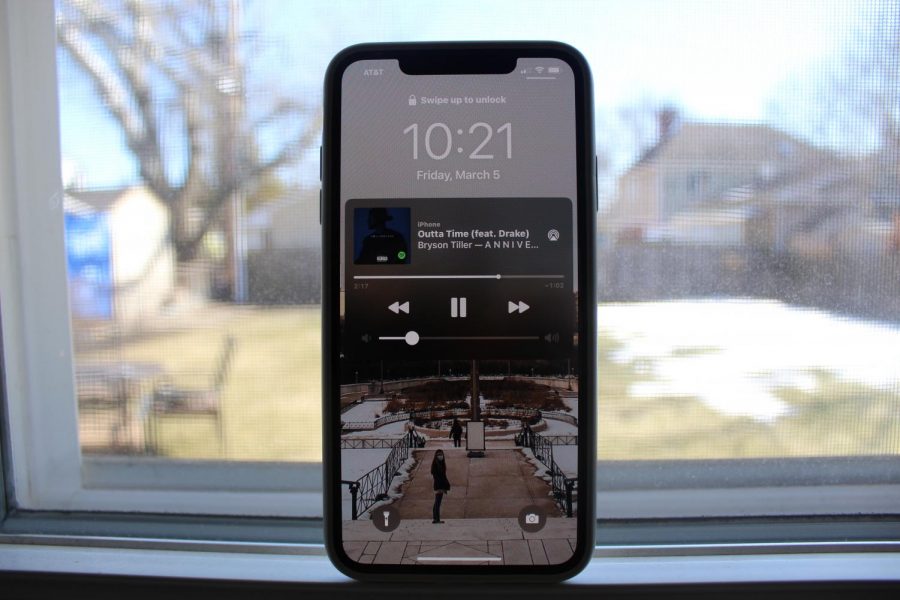
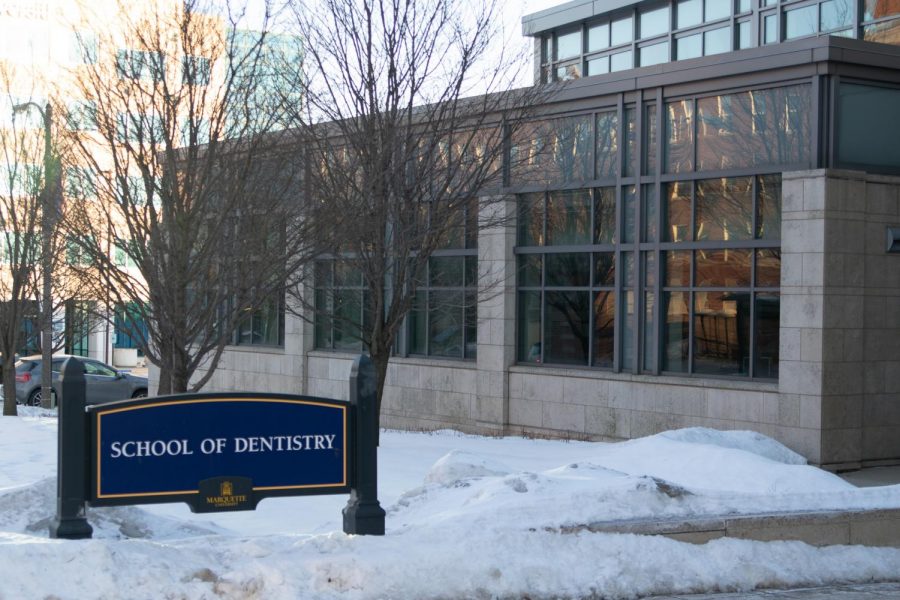

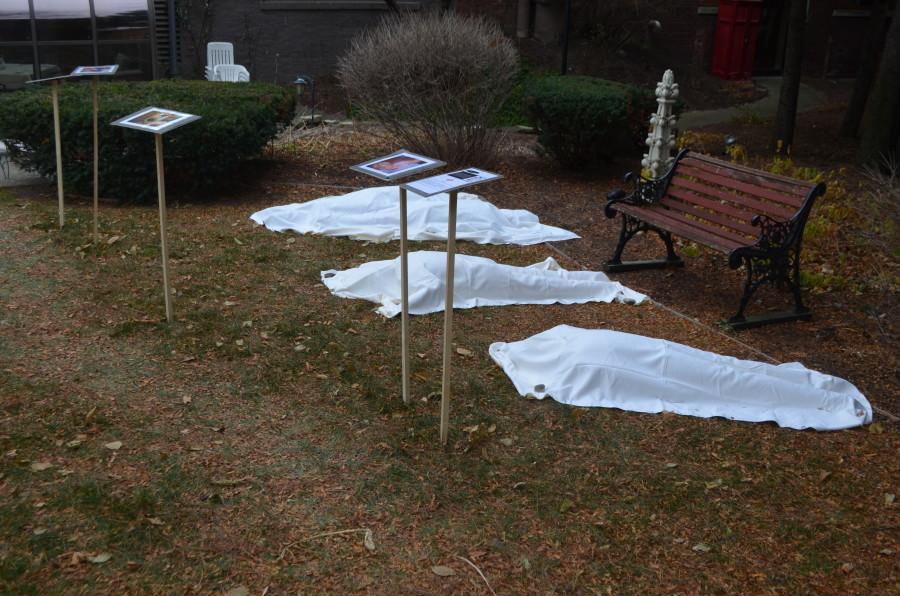
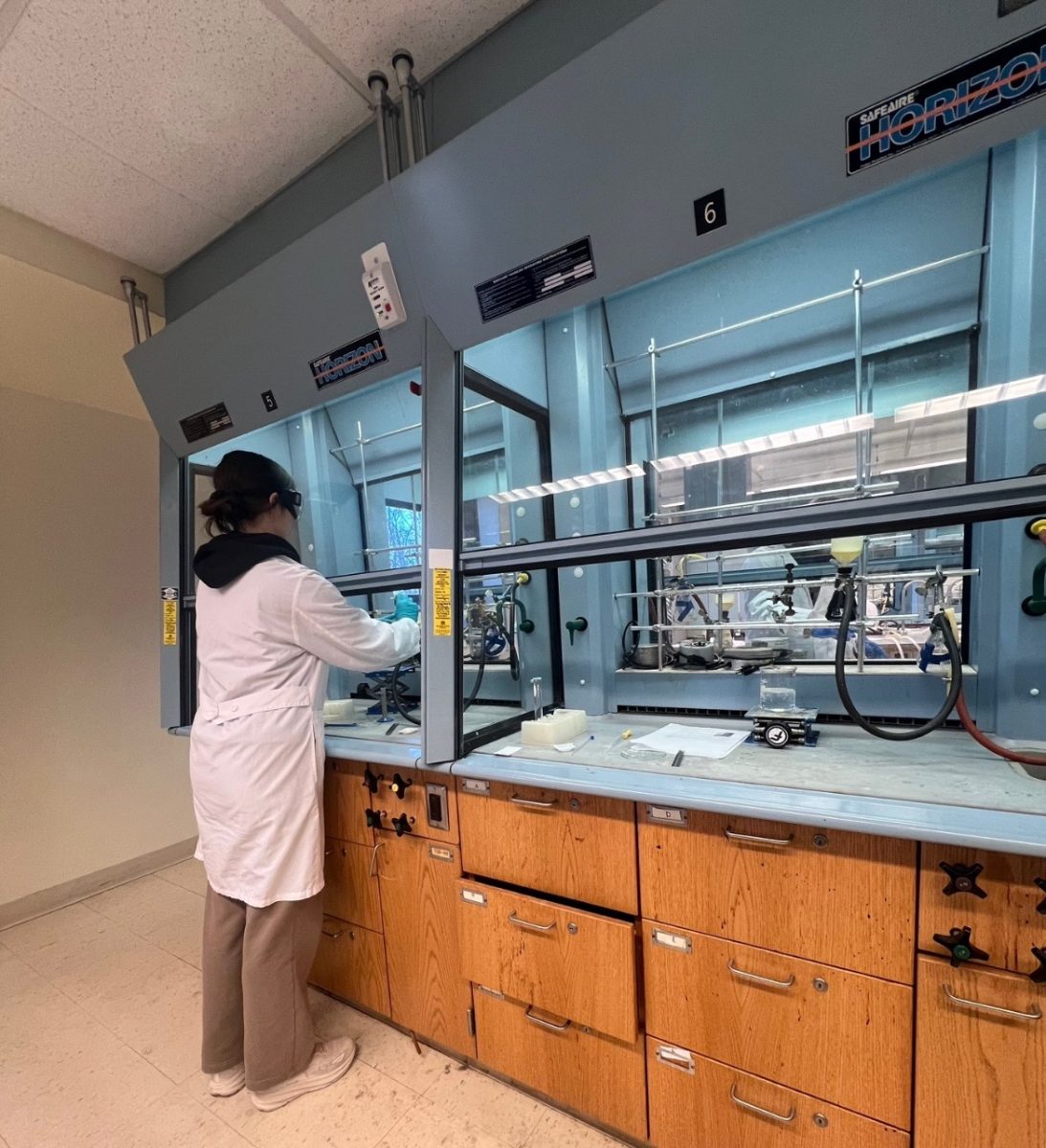

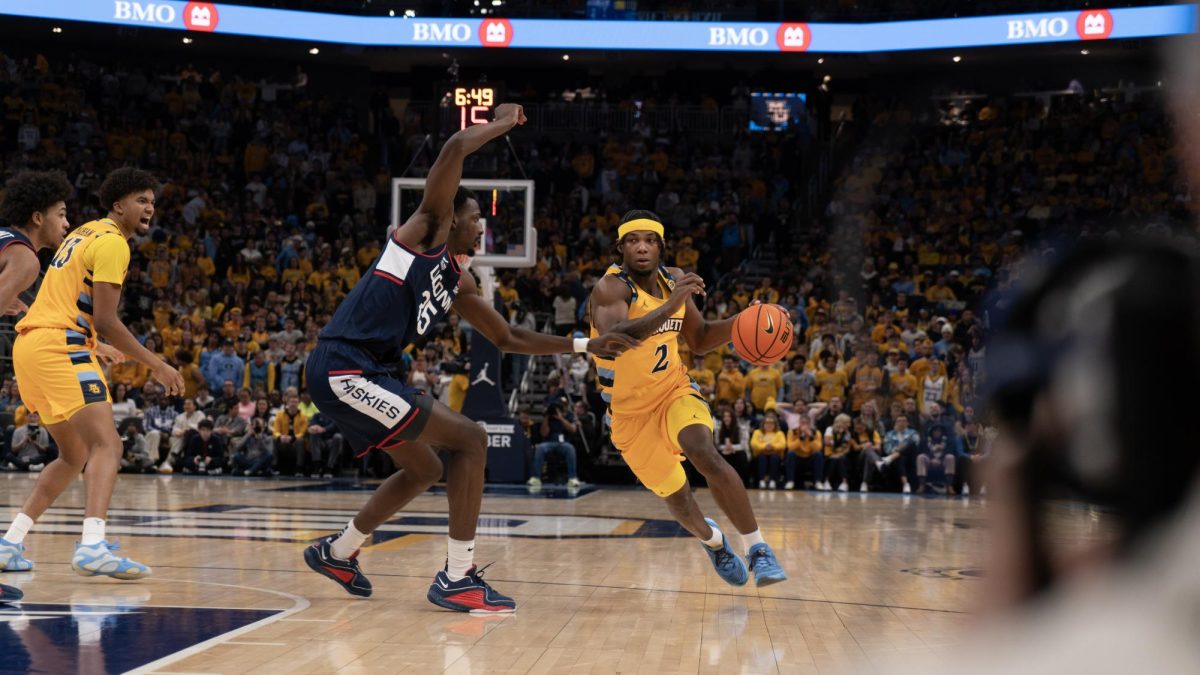
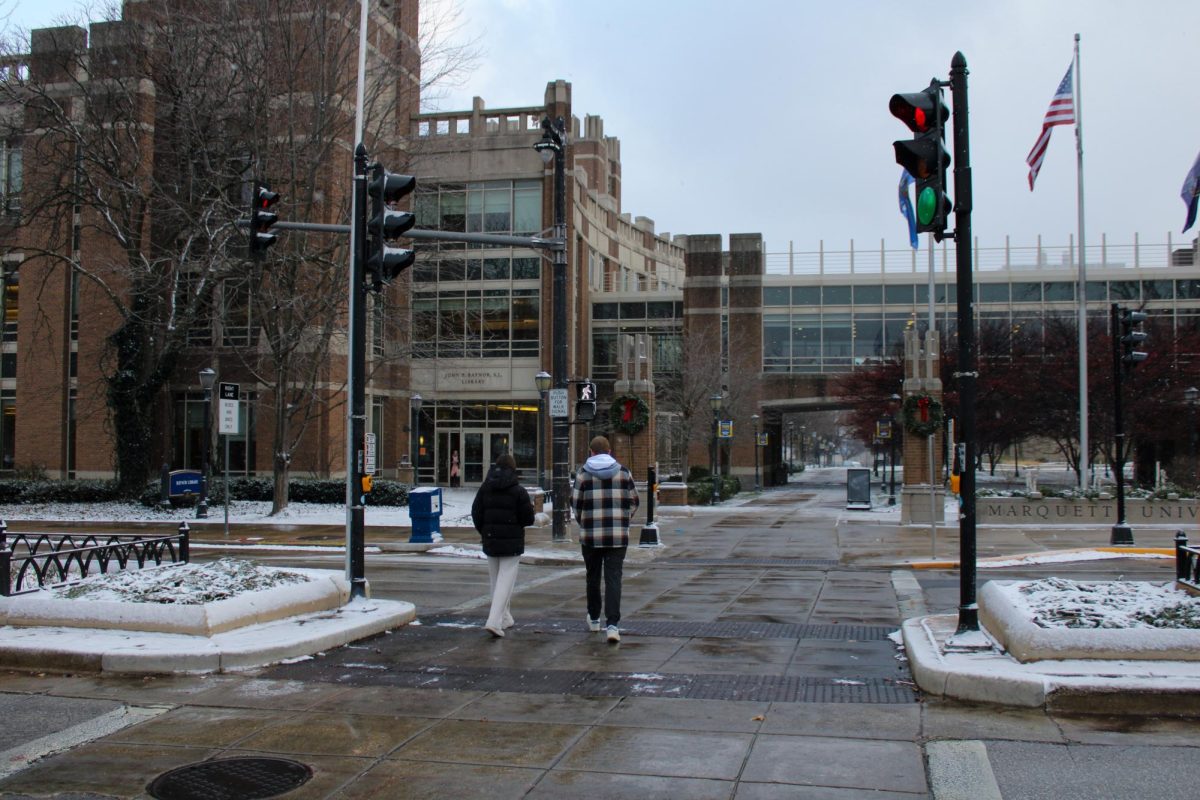
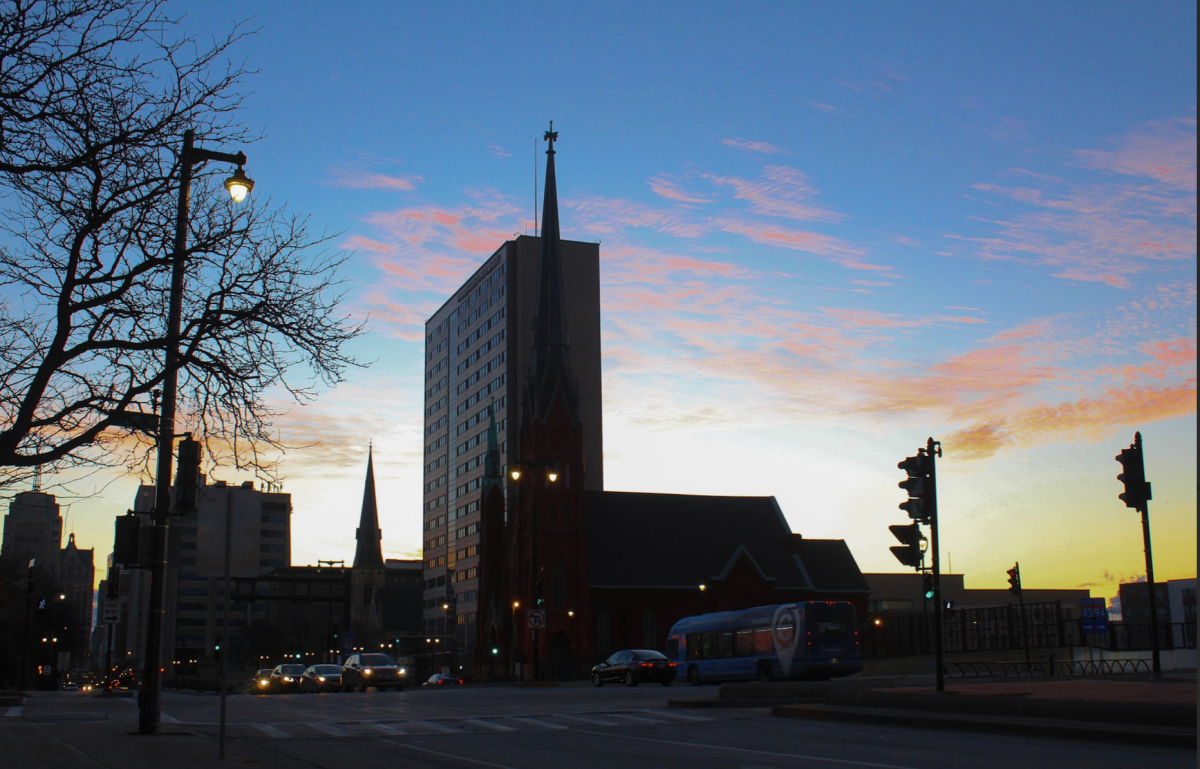
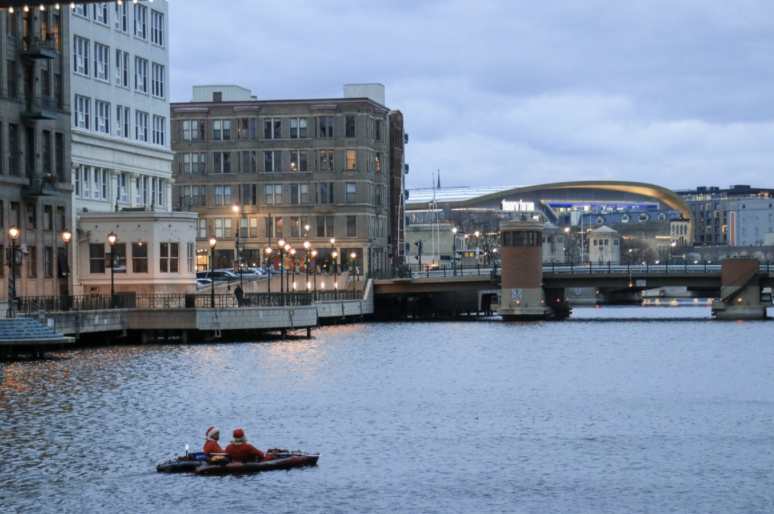
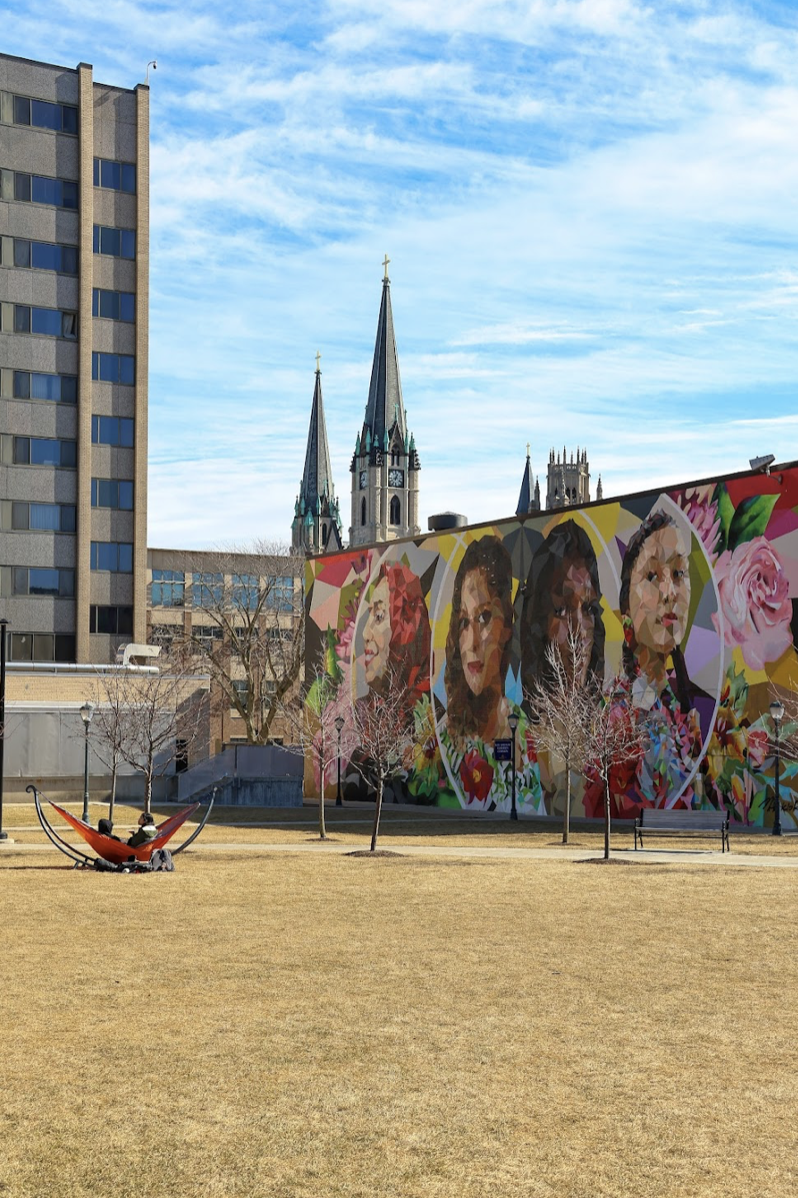
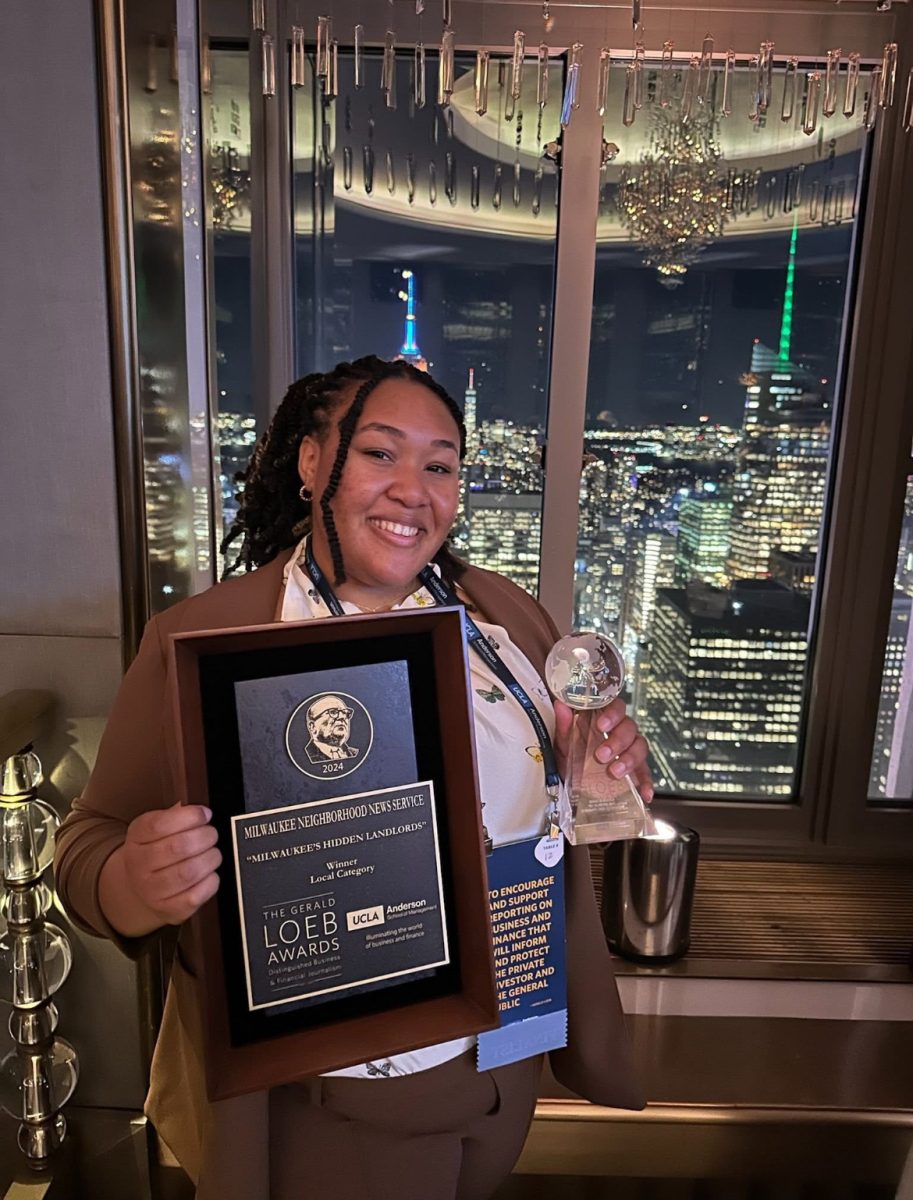
Joe Q • Feb 6, 2013 at 6:25 pm
Vatican II’s Constitution on the Church says this in chapter three:
“Although
the individual bishops do not enjoy the prerogative of infallibility,
they nevertheless proclaim Christ’s doctrine infallibly whenever, even
though dispersed through the world, but still maintaining the bond of
communion among themselves and with the successor of Peter, and
authentically teaching matters of faith and morals, they are in
agreement on one position as definitively to be held. This is even more
clearly verified when, gathered together in an ecumenical council, they
are teachers and judges of faith and morals for the universal Church,
whose definitions must be adhered to with the submission of faith.”
(http://www.vatican.va/archive/hist_councils/ii_vatican_council/documents/vat-ii_const_19641121_lumen-gentium_en.html)
The
20 ecumenical councils before it are still infallible, like the
ecumenical council of Trent that declared that Catholics with faith can
lose salvation from unrepented mortal (grave) sin. And that baptism or
the implicit desire of baptism is necessary for salvation. And Jesus is
physically present as the consecrated bread wafers we receive at mass.
Seamus Doyle • Oct 12, 2012 at 3:59 pm
I agree that “different from” is preferable to “different than,” usage wise, “different than” creates a subtle difference in the meaning of the sentence. I used “different than” because it parallels growing up today and growing up 50 years ago. While “different from” may be “more proper” English, I didn’t feel that it adequately conveyed what I was trying to say.
http://www.uhv.edu/ac/newsletters/writing/grammartip2005.10.04.htm
http://oxforddictionaries.com/words/different-from-than-or-to
Thanks for the feedback! I’ll keep it in mind in the future. Hopefully you enjoyed the rest of the article!
Sir Bayne • Oct 11, 2012 at 9:53 am
Write good English. “Different from, different from” not “different than.” Read the better authors.